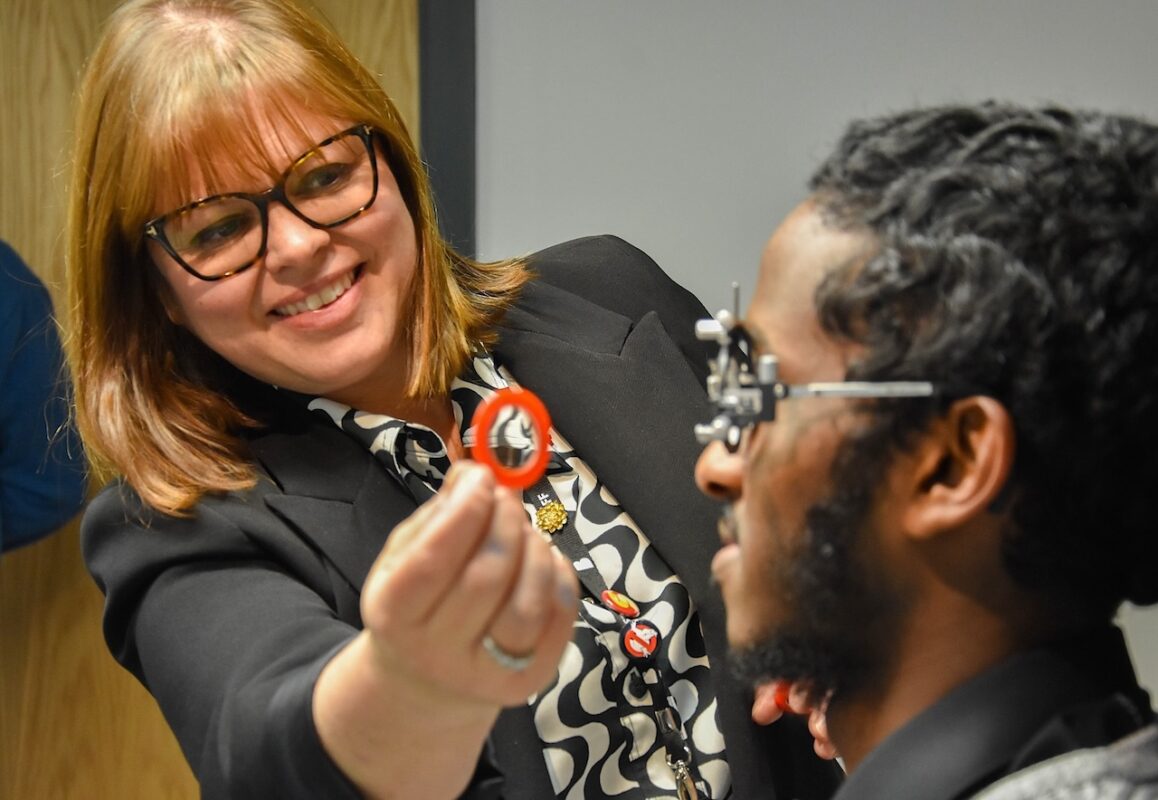Universities see student-staff ratios double amid employee exodus

- Some 15,000 UK university staff have left the industry since 2014, while the number of students has increased by more than 400,000.
- Student-staff ratio at newer institutions has doubled between 2014 and 2021, with 17 students for every member of staff, according to new research by software provider TechnologyOne.
- Many universities are feeling understaffed, underfunded, and under-resourced, and the need to find new ways of working and modernise their systems has never been more evident.
University students paying thousands a year for their education are seeing their classes increasingly crowded amid an exodus of academic staff, according to research from higher education software provider TechnologyOne.
Some 15,000 UK academics have left the industry since 2014, while the number of students has increased by more than 400,000, pushing up student-staff ratios drastically. UCAS predicts the sector will see one million applicants from the UK and overseas by 2028, compared to a little over 750,000 in 2022 – rising by a third in six years.
This is a particular challenge for newer institutions, such as further education colleges that deliver higher education. Members of the GuildHE group have seen their student-staff ratio double, from 8.3 to 17 between 2014 and 2021. Similarly, the ratio among the MillionPlus group of modern universities has increased by a third over the same period. In contrast, the student-staff ratio at Russell Group universities has only widened incrementally from 4 to 4.7.
While the impact of increased student-staff ratios varies depending on the course and how it is delivered, the measure is used as a broad guideline by many public, statutory, and regulatory bodies in terms of monitoring universities’ performance, as well by a number of league tables for rating higher education institutions.
Academics are being forced out of the industry as a result of pay that’s failed to keep up with the cost of living. Real wages have fallen by almost 30 per cent since 2014, according to TechnologyOne analysis of ONS earnings and inflation data.
Organisations in other sectors, such as local government and health services, have tackled similar capacity issues by adopting digital solutions, using data and technology to boost capacity despite a shrinking workforce.
Leo Hanna, Executive Vice President at TechnologyOne in the UK, said:
“Universities are in a difficult spot. Demand is high, with more and more young people seeing the value of a university education, but there are fewer staff to provide the quality experience that students deserve – some roles are near impossible to recruit for.
“And while ratios obviously can vary depending on the course and delivery modality, universities across the board do have to contend with less staff overall.
“Great technology not only helps universities do more with less, but is also a key significant strategy to retain staff, ensuring they are not bogged down by menial tasks and instead focussing on meaningful work.
“Moving away from ageing legacy systems onto a modern technology platform can be part of the answer. Connected systems that leverage automation for example can reduce a university’s administrative burden, while delivering engaging experience for students, taking some pressure off overworked staff members. The UK’s higher education sector is one of the greatest in the world. Amid difficult economic conditions, universities need to be radical with their solutions to maintain that position”.
TechnologyOne’s student-centric, end-to-end ERP SaaS solution for Higher Education is used by more than 50 per cent of the UK’s universities, Including the London Business School, the London School of Economics, and the University of Exeter.











Responses